Mainstream digital interface:
What is S/PDIF?
S/PDIF (Sony/Philips Digital Interface, Sony and Philips Digital Interface) is a digital audio output interface jointly developed by SONY and PHILIPS. This interface is widely used in CD players, sound cards and home appliances to improve the sound quality of CDs and give us a more pure auditory effect. This interface transmits digital signals, so it does not interfere with analog signals and degrades audio quality. It should be noted that the S/PDIF interface is a standard, and both the coaxial digital interface and the optical interface belong to the S/PDIF interface.

Two-channel analog output and fiber + coaxial output of the proud king SQ210W
Digital coaxial
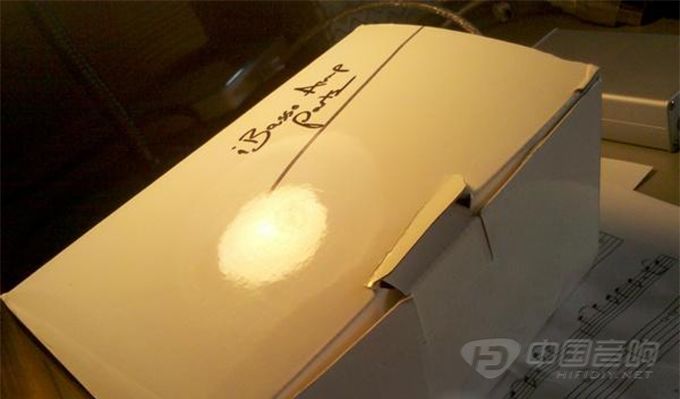
Left is the RCA coaxial digital interface; the right is the BNC interface
Coaxial, the standard is SPDIF (Sony / Philips Digital InterFace), which was jointly developed by Sony and Philips. Coaxial is used on the back panel of audio-visual equipment to provide digital audio signal transmission. . Its connectors are divided into RCA and BNC. The coaxial cable has two concentric conductors, and the conductor and the shield share the same axis. The coaxial cable is a copper wire conductor isolated by an insulating material with an impedance of 75 ohms. On the outside of the inner insulating material is another layer of ring conductor and its insulator. The entire cable is sheathed of polyvinyl chloride or Teflon material. Wrap it up.
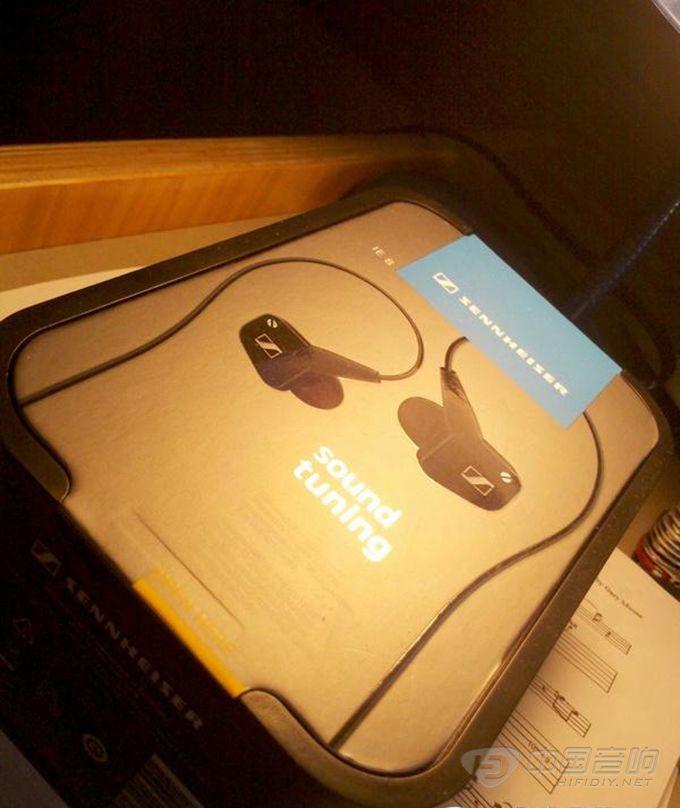
BNC interface specification drawing
The advantages are constant impedance, wide transmission band, and high-quality coaxial cable bandwidth of several hundred megahertz. The standard connector of the coaxial digital transmission line uses a BNC head with an impedance of 75Ω. It is matched with a 75Ω coaxial cable to ensure constant impedance and ensure correct signal transmission. The transmission bandwidth is high, which guarantees the quality of the audio. Although the standard connector of the coaxial digital cable is a BNC connector, the coaxial digital wire on the market mostly uses an RCA connector.
optical fiber
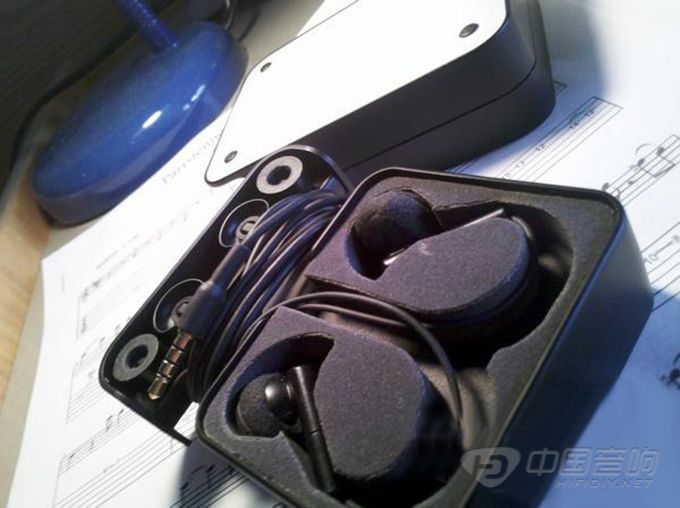
Optical transmits digital signals in the form of light pulses, which are made of glass or plexiglass. The fiber also uses the S/PDIF interface output, which has high bandwidth and low signal attenuation. It is often used to connect DVD players and AV amplifiers, and supports PCM digital audio signals, Dolby and DTS audio signals.
The fiber optic interface can be switched to a long optical head, compatible with a 3.5mm stereo interface, and its volume advantage makes it easier to see on portable portable players.
The most promising HDMI interface in the future:
HDMI, the full name of English is High Definition Multimedia Interface, the Chinese name is the abbreviation of high-definition multimedia interface. In April 2002, seven companies including Hitachi, Panasonic, Philips, Sony, Thomson, Toshiba and Silicon Image formed the HDMI organization. HDMI delivers high-quality uncompressed HD video and multi-channel audio data at up to 5Gbps. At the same time, it is not necessary to perform digital/analog or analog/digital conversion before signal transmission, which can ensure the highest quality video signal transmission.

HDMI can not only meet the current highest resolution 1080P resolution, but also support the most advanced digital audio formats such as DVD Audio, support eight-channel 96kHz or stereo 192kHz digital audio transmission, and only use one HDMI cable connection, eliminating digital audio wiring . At the same time, the extra space available in the HDMI standard can be applied to audio and video formats that are upgraded in the future. Enough to handle a 1080p video and an 8-channel audio signal. And because a 1080p video and an 8-channel audio signal require less than 4GB/s, HDMI has a lot of headroom. This allows it to be connected to a DVD player, receiver and PRR with a single cable. In addition, HDMI supports EDID and DDC2B, so devices with HDMI have the characteristics of “plug and playâ€, and “negotiation†is automatically performed between the signal source and the display device to automatically select the most suitable video/audio format.
At the physical layer, the HDMI interface does not use fiber-optic connections that require strict timing, but uses mature cable connections. In addition, in theory, HDMI can achieve lossless digital audio signal transmission of up to 20 meters, which is also acceptable for users who have distance requirements. The combination of video cable and audio cable effectively reduces the user's purchase cost, and also enables the device to achieve slimming while reducing the manufacturer's production costs.
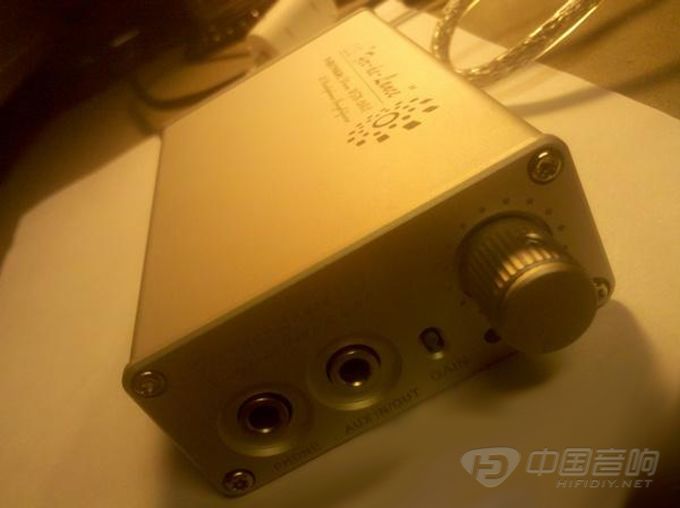
The next-generation audio puts new demands on the transmission bandwidth of digital audio signals. To fully transmit the audio files of the next-generation code specification of the next generation, you must use the HDMI 1.3 interface and wires. Because the traditional S/PDIF interface can only support full 7.5Mbps digital rate transmission, the HDMI interface of 1.1 and 1.2 specifications does not support such high bit rate audio signal transmission. In other words, to fully experience the top-of-the-line multi-channel surround audio for HD DVD or Blu-ray Disc, you must have a megaphone that supports the HDMI 1.3 interface, unless your player is built-in with DTS-HD / Dolby TrueHD decoding. .
Non-mainstream digital interface:

Black Gold's TG-Link
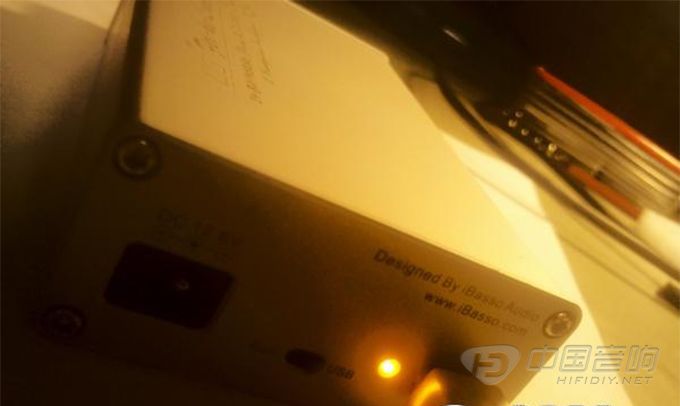
E-Mu's EDI
Whether it is the innovative E-Mu or Black Gold III TG-Link, the standard twisted pair is used for linking, and the interface specifications are physically compatible with the RJ45 interface. However, it is not known whether there is a difference in the transmission signal. The same wire can be used on the router.
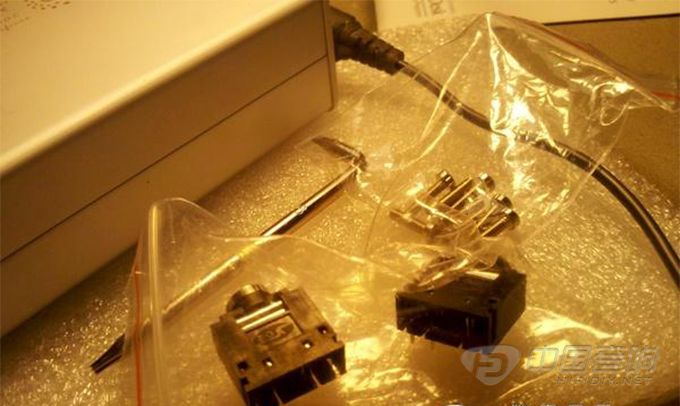
Network cable head
The twisted pair cable uses a pair of mutually insulated metal wires to twist each other to resist some external electromagnetic interference. By twisting two insulated copper wires together at a certain density, the degree of signal interference can be reduced, and the electric wave radiated by each wire during transmission can be cancelled by the electric wave emitted from the other wire. The name "twisted pair" is also derived from this.
According to the news we have received so far, even the famous audio source manufacturer LINN in HiFi world uses twisted pair connection in the latest decoder and reads the PC's ultra high bit rate audio code file through the router. It can be seen that such interfaces are also widely recognized in high-level or professional fields.
Balanced digital interface:
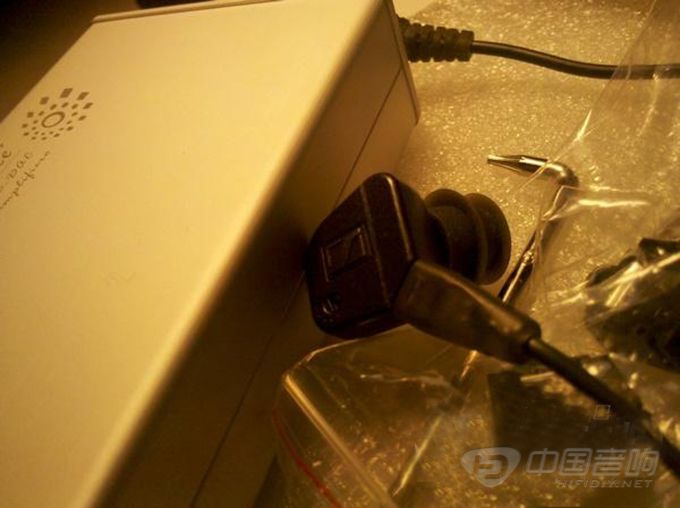
TRS interface
Conclusion:
The simple interface actually reveals people's efforts to challenge the distortion problem. Various interfaces have their own advantages, and in order to save the production cost of equipment manufacturers, the analog and digital physics compatibility practices are also worthy of praise.
With the development of the times, in order to pursue more ideal transmission quality, it is believed that more and more complex wires and interfaces will appear in the future to meet the endless audio experience needs of consumers. And for the future we can see, HDMI Rev1.3 will definitely become mainstream. When you buy similar equipment, you can also use this as a reference.
Keco Technology Co., Ltd. , http://www.gdphoneparts.com